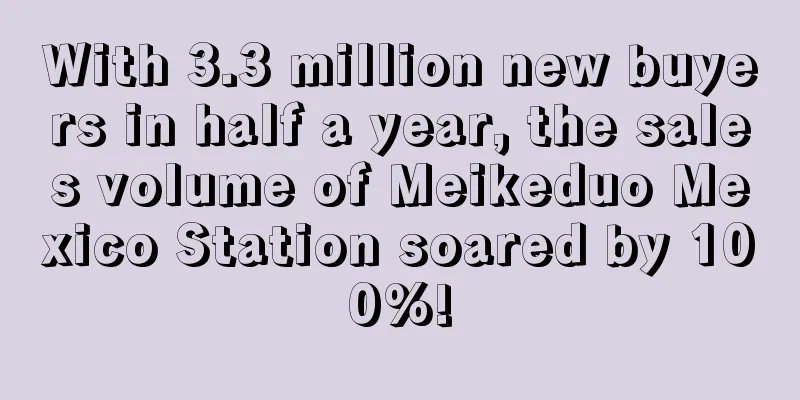What is HTS Coding? HTS Coding Review, Features

|
HTS is the abbreviation of Harmonized Tariff Schedule. HTS is established on the basis of HS. It is a comprehensive customs code for goods (The Harmonized Commodity Description and Coding System) formulated by the World Customs Organization in January 1989. The commodity code is 4 or 6 digits, and then each country formulates detailed codes based on this code, such as 8 or 16 digits.
The difference between HTS code and HS code 1. HTS is the abbreviation of Harmonized Tariff Schedule. HTS is established on the basis of HS and is a comprehensive customs code for goods formulated by the World Customs Organization in January 1989. 2. HS uses 6-digit coding to divide all international trade goods into 22 categories. The HTS commodity code is 4 or 6 digits, and then each country formulates detailed codes based on this code, such as 8 or 16 digits. 3. HS is only for guidance and coordination, so it is called Harmonized System; while customs codes are used by customs to manage actual import and export operations. However, in actual operations, customs of various countries use HS as the basis and determine their own customs codes in accordance with the relevant principles of WCO. Therefore, within a certain range, especially in most operations, the two are called the same.
my country related From January 1, 1992, my country's import and export tariffs adopted the World Customs Organization's "Commodity Description and Coding System" (HS for short). This system is a scientific and systematic classification system for international trade commodities. It uses six-digit codes and is applicable to tariffs, statistics, production, transportation, trade control, inspection and quarantine, etc. At present, more than 98% of global trade volume uses this catalog, which has become a standard language for international trade. my country's import and export tariffs use ten-digit codes, the first eight digits are equivalent to HS codes, and the last two digits are my country's sub-items. It is a two-digit code extended based on the HS classification principles and methods and the actual situation of my country's import and export commodities.
HS Code 1. Implementation HS was officially implemented on January 1, 1988, and is revised every four years. More than 200 countries in the world use HS, and more than 98% of the global trade volume is classified according to HS. The overall structure of HS consists of three parts: classification rules; notes on classes, chapters and subheadings; and sequentially arranged heading and subheading codes and clauses. These three parts are the legal provisions of HS, with strict legal effect and strict logic. HS first lists 6 general classification rules, which stipulate the classification principles and methods that must be followed when using HS to classify goods. Many classes and chapters of HS have notes (class notes, chapter notes or subheading notes) at the beginning, which strictly define the scope of goods included in the class or chapter, and explain the definition of special terms in HS or the technical standards and boundaries for distinguishing certain goods. 2. Content: HS uses six-digit codes to divide all international trade commodities into 22 categories and 98 chapters. Chapters are further divided into headings and subheadings. The first and second digits of the commodity code represent the "chapter", the third and fourth digits represent the "heading", and the fifth and sixth digits represent the "subheading". The first six digits are the HS international standard code. HS has 1241 four-digit tariff headings and 5113 six-digit subheadings. Some countries have divided the seventh, eighth, and ninth digits according to their own actual conditions.
use For export, you should use your own country’s HS. After you find your country’s HS, you can sort it by major categories, and then go to the U.S. HS website to check. |
<<: What is DUNS Number? DUNS Number Review, Features
>>: What is US Trademark Registration? US Trademark Registration Review, Features
Recommend
What is wwhpearl? wwwwhpearl Review, Features
wwhpearl is Yonghexing Jewelry Group Co., Ltd., wh...
With 24 million views, the decompression ring has become popular on TikTok
In recent years, with the rapid development of th...
What is Shirtee.Cloud? Shirtee.Cloud Review, Features
Shirtee.Cloud Your Brand - Our Quality supports u...
What is Xingyuan International Logistics? Xingyuan International Logistics Review, Features
Xingyuan International Logistics (Guangzhou Xingyu...
What is the Belgian Financial Services Authority? Belgian Financial Services AuthorityReview, Features
The Financial Market Authority of Belgium is resp...
Bringing high-end fashion shows to Taobao live streaming, thousands of designer brands have emerged in Nanyou, Shenzhen
On March 12 , a catwalk show of original design b...
Transcosmos opens warehouse in Jakarta as Indonesia’s e-commerce market continues to expand
transcosmos Group announced that transcosmos Comm...
What is Seller Dashboard? Seller Dashboard Review, Features
Seller Dashboard can help sellers view the rating...
What is Lido? Lido Review, Features
Lido Consulting is a professional cross-border ta...
What is DirectPay? DirectPay Review, Features
DirectPay is a full-service credit management age...
The UK is about to lift the lockdown, and summer vacation is on the agenda. The search volume for holiday hot products has increased by 1347%
According to foreign media tamebay, the British P...
Nearly 43,000 tables recalled, Costco furniture in Canada poses hidden dangers
At present, countries have stepped up their contr...
New online shopping trends among German consumers: low prices and environmental protection become hot selling points
Recently, Scarlette Isaac released the "2022...
What is Sudden Coffee? Sudden Coffee Review, Features
Sudden Coffee is a new coffee brand founded by a ...
The risk of delisting has been eliminated and the company successfully removed the delisting label after selling out on the market!
As early as mid-September, some investors had a h...









